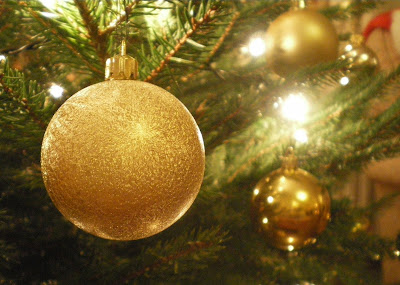Tomorrow we are off to Amsterdam to spend New Year with my Sister-in-law and her partner. It has become an annual event that J and I look forward to. I anticipate good food, good wine and extremely pleasant company. We usually do more walking than during the rest of the year, exploring the city and taking in the museums. My only care for the next few days is that A and S will remember to feed the cat and not throw any wild parties while we are away.
I usually fit in some stitching while we are there but like to take something that I can do while chatting or pick up and put down easily. A while ago I purchased a kit from Beadalot that I have been keen to start but have saved it as I thought it would be an ideal project for A'dam. Yesterday I prepared the base.

Apart from the fabulous fabric, it doesn't look like much yet, but when it is beaded it is going to be amazing. I know this because I have seen the finished article, in fact I have seen three of them and each was uniquely beautiful.
As well as the delightful fabric the kit constists of some very yummy beads. I did intend to leave the beading for when we were in A'dam, but could not resist making a start.

I may not be able to post again before we return, so until then Happy New Year and Happy Stitching.












